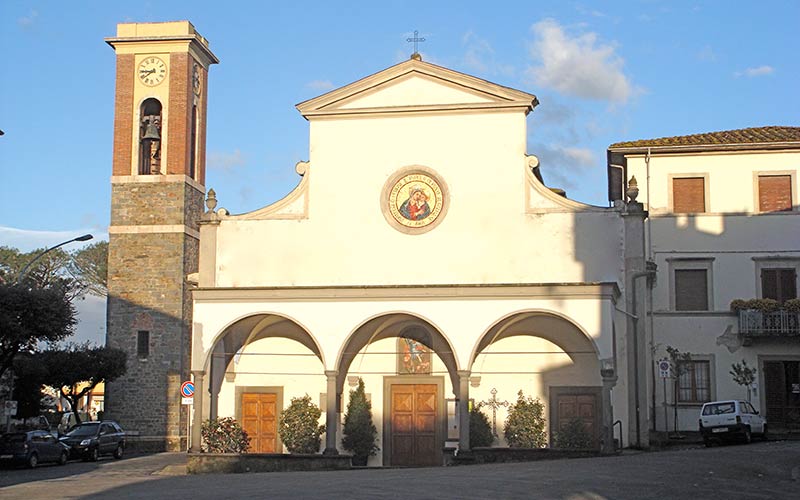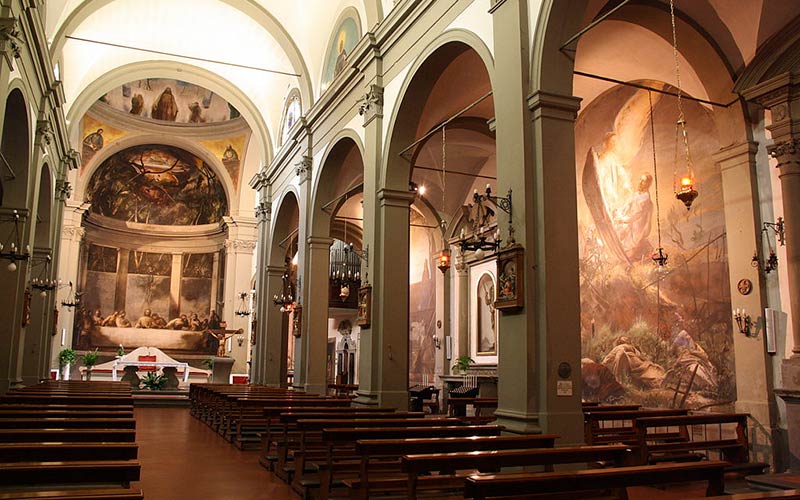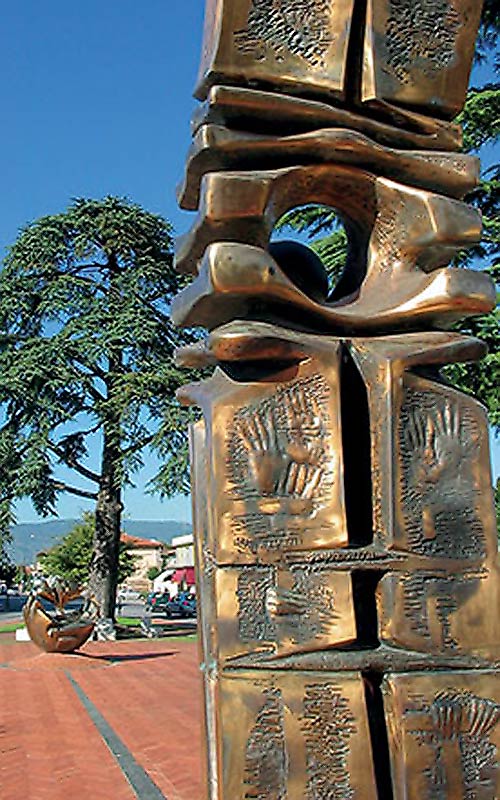Il paese, posto al centro della Valdinievole, presenta un territorio completamente pianeggiante, per grande parte occupato da terreno strappato col tempo alle acque del Padule di Fucecchio che oggi rappresenta una delle più grandi oasi naturali italiane.
Il nome di Ponte Buggianese deriva sicuramente dall’esistenza di un ponte sul fiume: un fiume-canale locale che raccoglieva le acque delle zone attualmente denominate Albinatico e Fattoria e si immetteva nel torrente Pescia.

L’arte sacra di Pietro Annigoni
Il maggior motivo di interesse storico-artistico si trova all’interno del Santuario della Madonna del Buon Consiglio in cui è stato realizzato, a partire dal 1967, il ciclo di affreschi dipinti da Pietro Annigoni e dai suoi allievi.

Temi biblici ed evangelici si succedono sulle pareti: ” Il Profeta Isaia e Geremia”, “Deposizione e Resurrezione di Cristo”, “L’ultima cena”, “I quattro cavalieri dell’Apocalisse”, “La Piscina Probatica”, “La Resurrezione di Lazzaro”, “Gesù nell’orto dei Getsemani”, la “Pentecoste” e altri.
Jorio Vivarelli
 Altro punto di interesse della città è sicuramente Piazza Banditori, recentemente risistemata a livello urbano ed arredata dalle grandi sculture monumentali di Jorio Vivarelli, un pistoiese famoso in tutto il mondo per la sua attività artistica, che ha lasciato qui a Ponte Buggianese un chiaro e limpido esempio della sua un’opera post-moderna.
Altro punto di interesse della città è sicuramente Piazza Banditori, recentemente risistemata a livello urbano ed arredata dalle grandi sculture monumentali di Jorio Vivarelli, un pistoiese famoso in tutto il mondo per la sua attività artistica, che ha lasciato qui a Ponte Buggianese un chiaro e limpido esempio della sua un’opera post-moderna.
